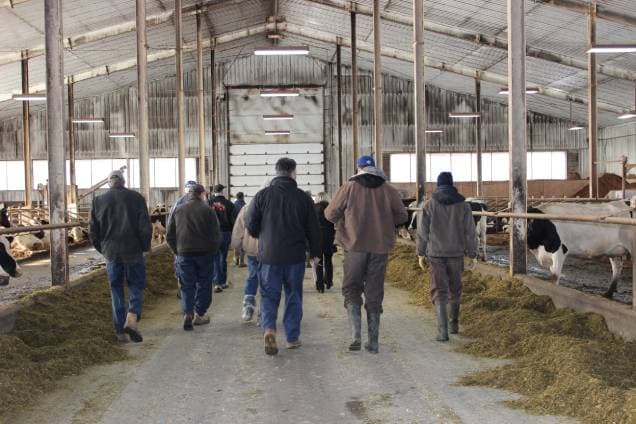
Five Key Factors Contributing to Creating Hazards
Five Key Factors Contributing to Creating Hazards
(Source: Small Business Safety Toolkit, Nova Scotia)
There are many contributing factors to creating or increasing the risks of hazards.
People: Action, or lack of action, can create workplace hazards. Knowledge and training is critical to avoid unsafe behaviours. Solid leadership that puts health and safety top-ofmind can help ensure safe work practices and procedures are followed.
Equipment: Tools and machines can be hazardous. Look for unsafe or unhealthy conditions, such as inadequate guarding or barriers; defective tools and equipment; incorrect tools and equipment for the job; or inadequate warning systems.
Materials: Some materials, such as hazardous chemicals, pose a hazard in and of themselves. In other cases, handling materials improperly or using the wrong material for the task can pose a hazard.
Environment: Some hazards are created by the work environment. Look for things like the condition of all work surfaces and walkways; overcrowding; poor ventilation; poor lighting; extreme temperatures or noise; or poor housekeeping.
Process: Process involves a combination of people, equipment, materials, and environment. It includes design, organization, pace, and type of work. By-products created by the process may be hazards, such as heat, noise, dust, vapours, fumes, and
scrap materials.


